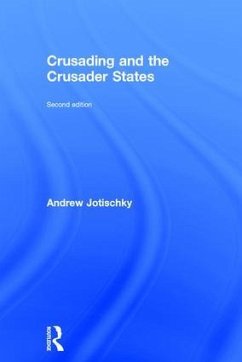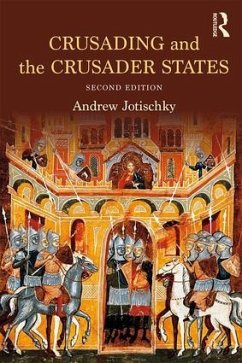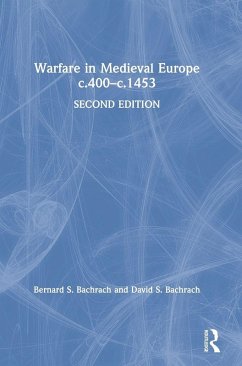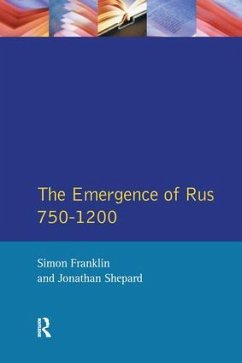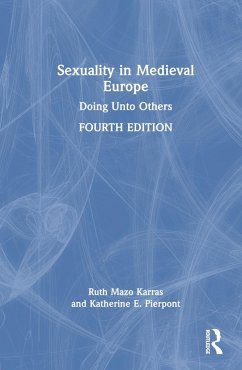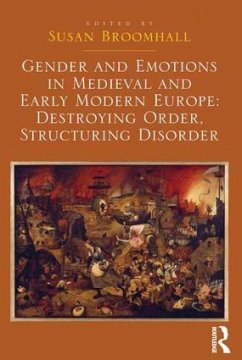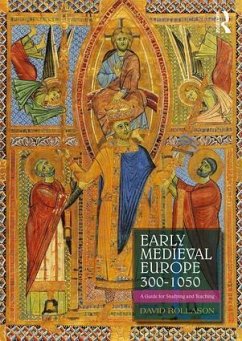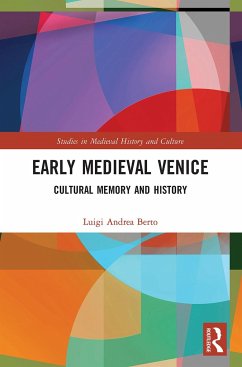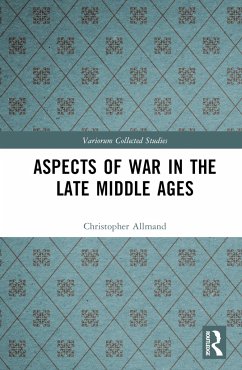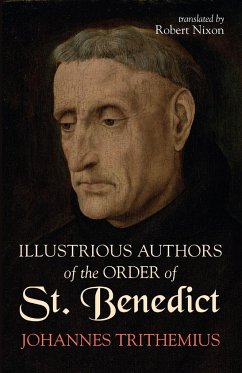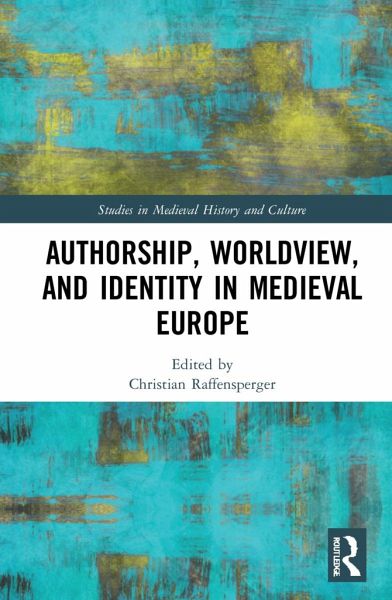
Authorship, Worldview, and Identity in Medieval Europe

PAYBACK Punkte
76 °P sammeln!
What did medieval authors know about their world? Were they parochial and focused on just their monastery, town, or kingdom? Or were they aware of the broader medieval Europe that modern historians write about? This collection brings the focus back to medieval authors to see how they described their world. While we see that each author certainly had their own biases, the vast majority of them did not view the world as constrained to their small piece of it. Instead, they talked about the wider world, and often they had informants or textual sources that informed them about the world, even if t...
What did medieval authors know about their world? Were they parochial and focused on just their monastery, town, or kingdom? Or were they aware of the broader medieval Europe that modern historians write about? This collection brings the focus back to medieval authors to see how they described their world. While we see that each author certainly had their own biases, the vast majority of them did not view the world as constrained to their small piece of it. Instead, they talked about the wider world, and often they had informants or textual sources that informed them about the world, even if they did not visit it themselves. This volume shows that they also used similar ideas to create space and identity - whether talking about the desert, the holy land, or food practices in their texts. By examining medieval authors and their own perceptions of their world, this collection offers a framework for discussions of medieval Europe in the twenty-first century.




